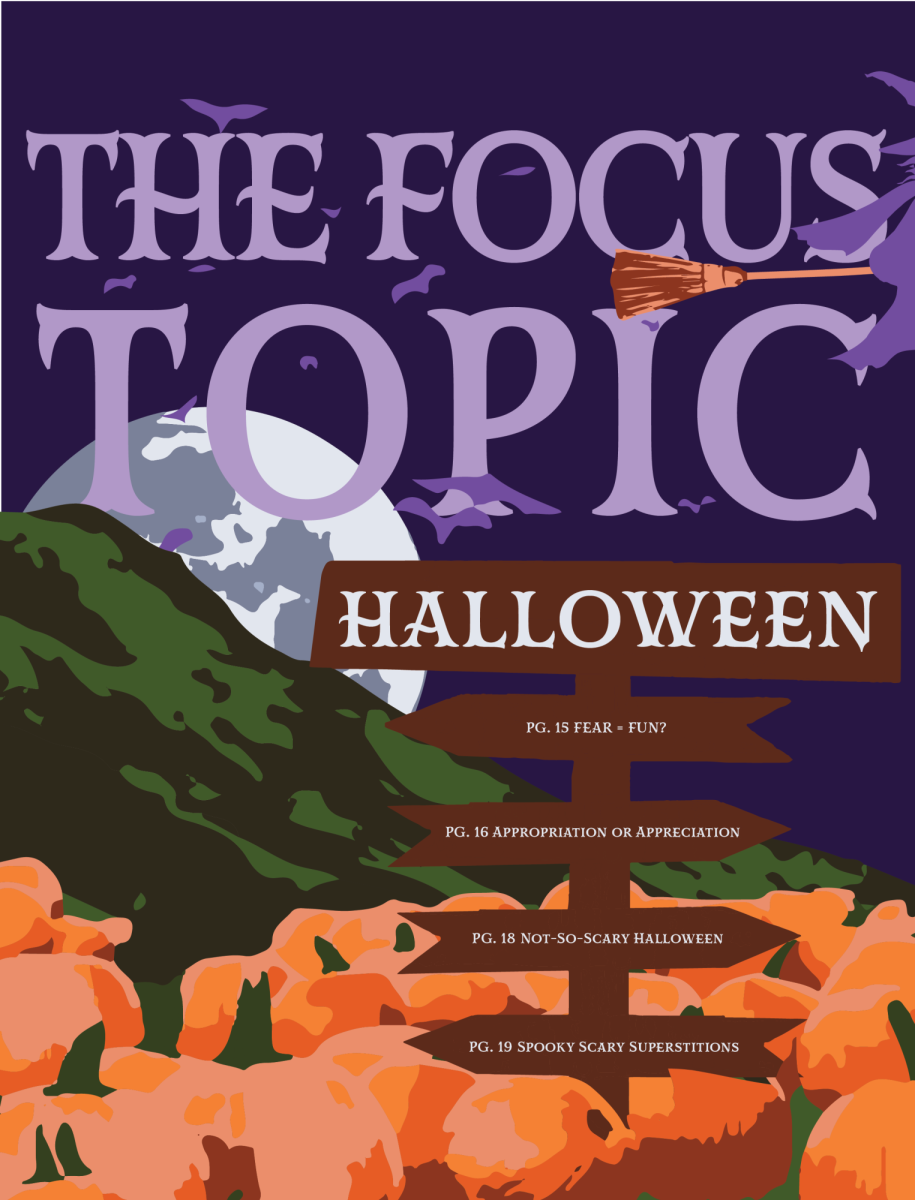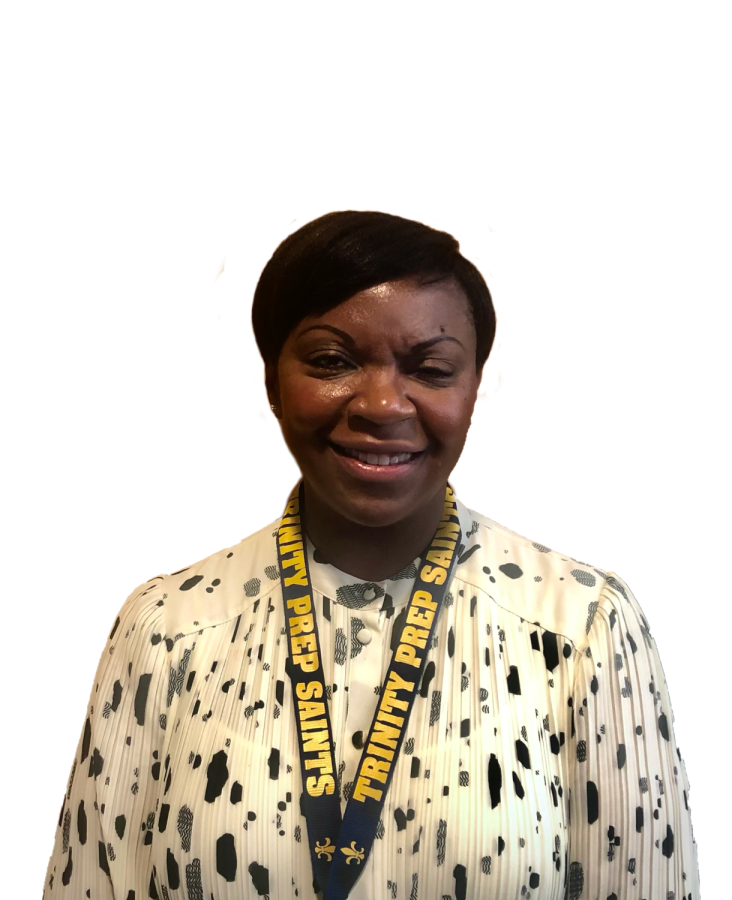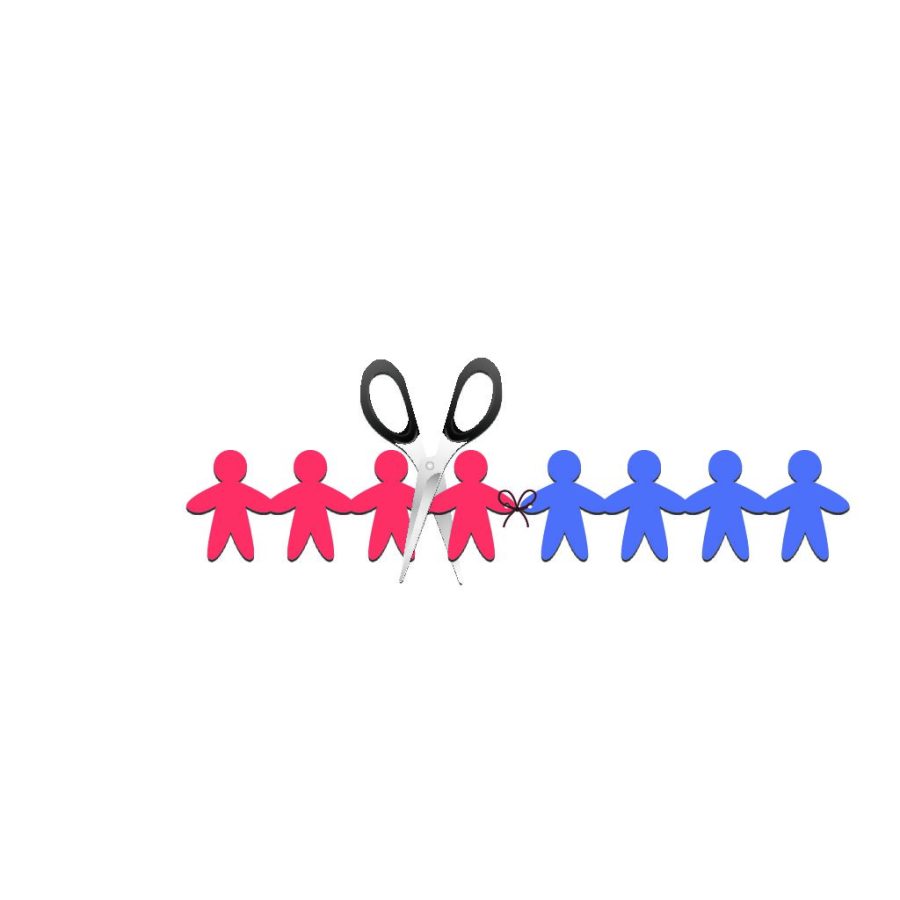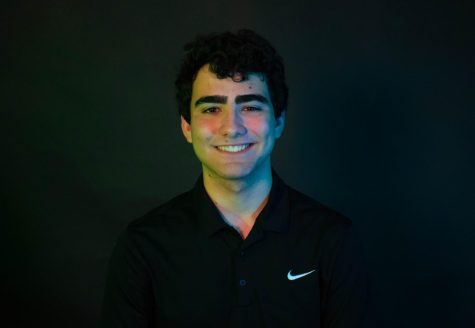Trinity promised to change. Last summer, in response to historic protests and a controversial Instagram post, the Board of Trustees formed the Advisory Council on Diversity and Inclusion. Consisting of faculty, alumni and students, the Council’s chartered goal was to provide recommendations for improving diversity on campus. Despite some skepticism, the measure as a whole was a step forward in a school that, to many, needed it.
On Nov. 2, the Board reported the Council’s findings, with four key recommendations the Board says it will consider in order to “make the Trinity Experience the best it can be.” The announcement should be a sign of hope.
But a year’s gone by. Last summer is not this summer, and real and lasting change has continued to be evasive throughout the country. Promises have been broken. So have Trinity’s.
Rather than addressing the structural problems of diversity at Trinity, these recommendations have turned diversity into a check-the-box exercise, and as something to be marketed rather than solved. Each of the four recommendations is noble, yet lacking.
The first suggestion involves an “extensive mission review, placing particular emphasis on how the School expects Trinity students to treat one another and others in the world at large.” While these are strong words, they’re also ones we’ve heard before. Last year, hundreds of corporations and businesses promised to place new scrutiny on their diversity and racial equality. But without specific language, those promises fail to capture the depth of the problem. If Trinity won’t even say the word “race” in an email about racial justice, how can we ever hope to solve it?
“There are those here who are fine with things the way that they are, and who would not agree with the changes that the Board is suggesting,” senior and Council member Lilly Nguyen said. “ I think that the Trinity Prep administration is trying to walk that very narrow line between the two.”
The second recommendation is yet another corporate approach to a human problem. Although a “Board-level committee on diversity and inclusion” would keep the conversation going, diversity committees put pressure on students and faculty of color to essentially solve an issue that’s never been their fault.
Committees also further separate administration from students — not only did the Council never meet with a current student, but they also boiled down the entirety of the student body into just two representatives. As its charter said, “The Advisory Council is intended to represent the diverse interests of Trinity Prep’s constituencies.” Ignored interests are ignored problems.
There’s also the issue of time. While the Council rightfully needed time to investigate and formulate its findings, it’s hard to imagine real change coming when the reaction is always 12 months late. Finding the balance between the two means making diversity efforts clear, instead of hiding them behind meetings and closed doors.
However, the final recommendation is perhaps the most dangerous of all. By “significantly expanding the training that employees and students receive regarding diversity and cultural norms,” Trinity risks turning diversity from a crucial and demanded issue into a dreaded class exercise.
These programs, which can include seminars and mandatory courses, are a favorite of forward-thinking organizations, and last year the Diversity Equity Inclusion sector made over $8 billion. However, from a 2018 Anthropology Now research to a 1990 New York Times review, study after study has shown that these programs are ineffective at best and actively harmful at worst.
Biases are built up over years, and those who are biased often don’t realize it. Attempting to “train away” that bias in a single afternoon or Canvas course is unfeasible, and only benefits those who would see diversity as a marketing issue rather than a human one. Those who would gain the most from the training are also the least likely to learn from it- numerous studies have shown that mandatory diversity education can reinforce existing bias and lead to people feeling threatened or controlled.
One example of that mismanagement came two years ago, when Trinity and Peace Jam brought in an outside counselor to give a mandatory, 80-minute lecture in the RAC. The reception was not positive. A hostile student body and blundered presentation left most students frustrated, if not completely skeptical. In attempting to counter bias, the training just made it more clear.
Still, the conversation can be important.
“What we’re trying to do is help a segment of our community understand that another segment of the community has reason not to feel safe.” Council member and English teacher Dean Rhoads said. “And so when we talk about training or education, we’re really talking about helping people understand that not everyone has the same experience here.”
Despite these nebulous promises, the third recommendation does include one concrete policy: the retaining of “an additional administrator with experience and expertise in diversity and inclusion matters.” According to the position’s details, labeled as “Assistant Head of School,” the administrator will answer directly to Head of School Byron Lawson and be in charge of making recommendations regarding faculty hiring, especially in regards to inclusion and opportunity.
In contrast to every other recommendation, diverse hiring practices build change from the ground up. According to data analysis group Harver, the odds of hiring an applicant from an underrepresented group are 79.14 times greater if there are at least two underrepresented candidates in the final pool, and in a recent study by the National Association of Colleges and Employers, 79% of graduates said a diverse workforce was “very important” to their consideration. Diverse hiring practices aren’t flashy or marketable, but they’re effective.
“If the board thought this would be a one off, where we’d be teaching this year, and never have to do anything about it again, it’d be foolish to pay out that salary,” Rhoads said. “That position is being put there on the understanding that there’s a certain segment of the population that is always going to have trouble dealing with understanding people who are not like them.”
The Council is an important first step. It can’t be the last. A more diverse environment is a more accepting environment, but true diversity doesn’t come from a committee. Change can’t either.





















